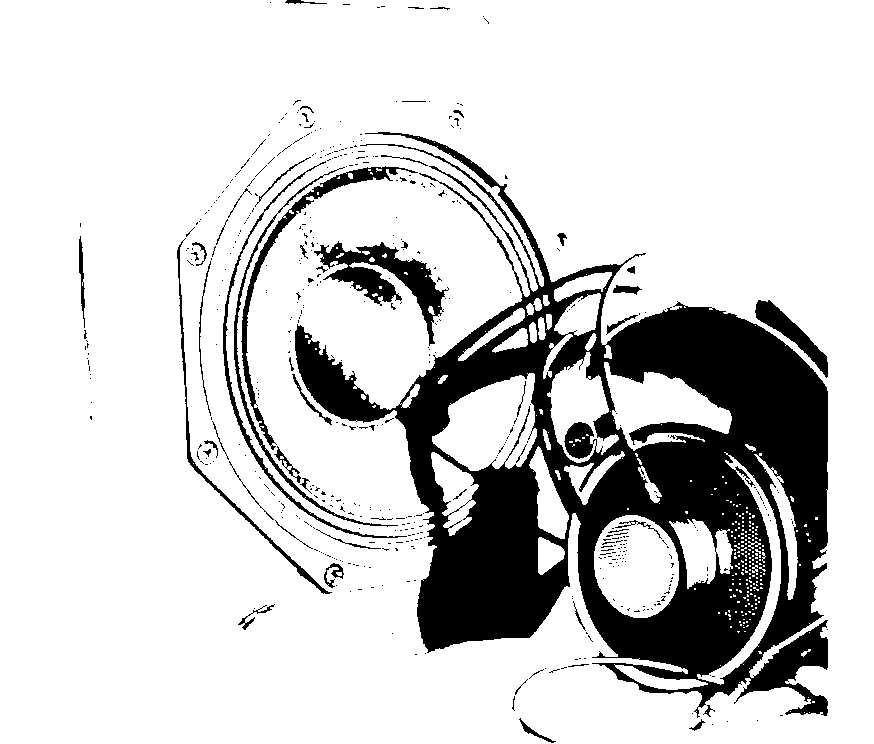The Hybrid Audio Diffusion System (HADS)

Thomas Gorbach – Project Leader
Enrique Mendoza Mejia – Pre-Doc Researcher
- The Acousmatic Project
Supported by: Wissenschaft- und Forschungsförderung der Stadt Wien
(July 2022 – December 2022)
Overview
The goal of this artistic research project is the development of the Virtual Viennese Akusmonium. A system with a specific configuration of loudspeakers and headphones in a creative workflow, as well as the creation of a test system for the evaluation of the results by external users.
Through the developments during the first work phase and the analysis of the first test data, we were able to recognize the need for a precise definition of the requirements, possibilities and limitations as well as the features, assignments and feedback system of a virtual acousmonium. We are convinced that this can significantly improve spatial hearing and imagination, combined with acousmatic sound qualities. Thus, an ideal training system for spatial hearing as well as the creation of musical spatialization concepts for acousmatic music is created.
Furthermore, the possibility of integrating defined musical spatial parameters into the composition process of new works is enabled. We also raise the question of the minimum design of the virtual acousmonium for the home studio and the maximum design for the large concert hall, as well as the necessity of specific hardware development for the virtual acousmonium.
